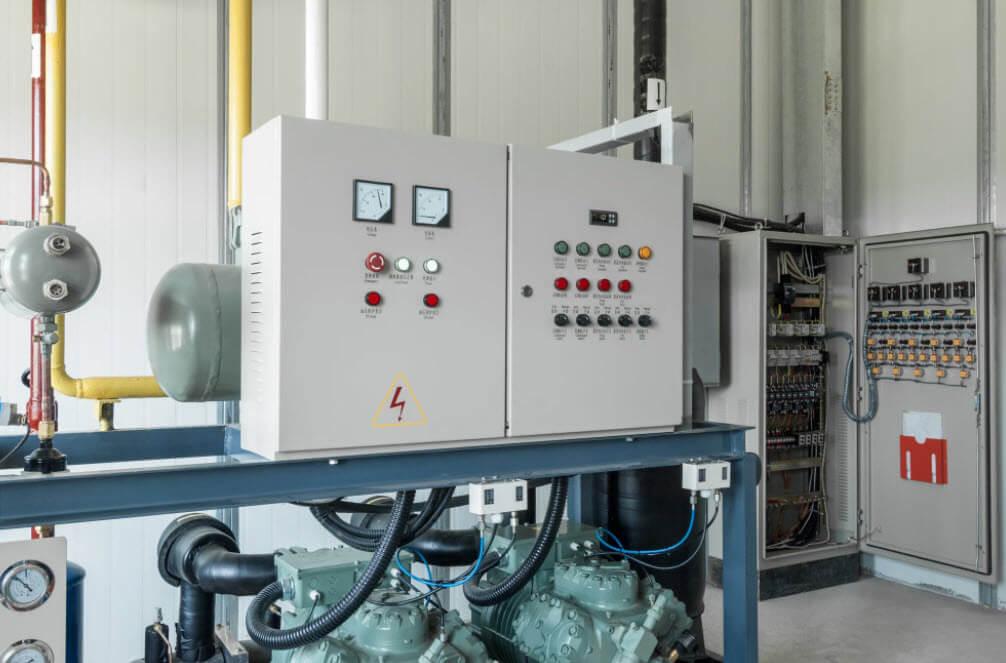Conveyor control plays a pivotal role in today’s automated manufacturing environments. As industries strive for higher productivity and seamless operations, the demand for efficient conveyor systems and intelligent control mechanisms continues to grow. Whether you're operating a small-scale assembly line or a massive distribution center, integrating advanced conveyor control solutions can significantly optimize your workflow, reduce downtime, and enhance overall system performance.
At its core, conveyor control refers to the system or software that governs the operation of conveyor belts and other material handling equipment. These controls ensure that items move precisely, safely, and efficiently through a production or packaging process. With modern automation technologies, conveyor control systems now offer far more than just stop-and-start capabilities — they provide real-time data, smart diagnostics, and integration with broader industrial automation platforms.
Why Conveyor Control Is Crucial for Industrial Automation
In today’s competitive manufacturing landscape, precision and timing are everything. Poorly managed conveyors can result in bottlenecks, misrouted products, damaged goods, and ultimately, lost revenue. That’s where intelligent conveyor control systems make a difference. By synchronizing conveyor operations with other machinery and sensors, businesses can:
-
Streamline production lines
-
Minimize material handling errors
-
Ensure worker safety through emergency stop systems
-
Improve energy efficiency with adaptive control mechanisms
-
Enable remote monitoring and diagnostics
For companies focused on improving their industrial processes, leveraging the power of conveyor control technology is no longer optional—it’s essential.
Key Features of Modern Conveyor Control Systems
Modern conveyor control systems come equipped with a wide array of features designed to meet the needs of diverse industries, from food and beverage to pharmaceuticals, logistics, and automotive manufacturing. These features often include:
-
Programmable Logic Controllers (PLCs) – These devices form the backbone of most control systems, enabling customized automation logic.
-
Variable Frequency Drives (VFDs) – They allow motors to operate at variable speeds, enhancing energy efficiency and control accuracy.
-
Human-Machine Interfaces (HMIs) – Touchscreen displays or control panels that allow operators to interact directly with the conveyor system.
-
Sensor Integration – Photoelectric, inductive, and proximity sensors help detect product position and manage flow control.
-
Data Connectivity – Ethernet and wireless connections that link conveyor control systems to cloud platforms and enterprise-level software.
Choosing the Right Conveyor Control Partner
Implementing or upgrading a conveyor control system is a significant investment that demands expertise and precision. From designing the system architecture to configuring software and training staff, every step requires a skilled and experienced automation partner. That's why many businesses trust X-Automation LLC for their industrial automation needs.
X-Automation LLC specializes in providing customized conveyor control solutions that align perfectly with your operational goals. Whether you’re launching a new production line or upgrading an outdated system, their expert team delivers end-to-end support—from concept to commissioning. By choosing a trusted partner like X-Automation, you gain access to state-of-the-art technology, industry insights, and responsive technical support that keeps your operations running smoothly.
Applications of Conveyor Control Across Industries
Industries across the spectrum rely on conveyor control systems to manage and move goods efficiently. Here are a few examples:
-
E-commerce and Warehousing: Automated sortation and packaging systems depend heavily on precise conveyor control to manage thousands of SKUs.
-
Automotive: Car manufacturers use conveyor systems for assembly, paint lines, and material transfer, all requiring intricate control coordination.
-
Pharmaceuticals: Compliance and hygiene standards necessitate highly reliable and sanitized conveyor systems managed through advanced control mechanisms.
-
Food and Beverage: Temperature-sensitive goods and perishable items require real-time control for timely and hygienic processing.
Future Trends in Conveyor Control
With the advent of Industry 4.0, conveyor control systems are evolving to become smarter and more connected. Predictive maintenance, AI-powered diagnostics, and machine learning are now being integrated into control platforms to preempt equipment failures and optimize performance in real-time. The integration of Internet of Things (IoT) sensors enables data collection that fuels continuous improvement and long-term cost savings.
As manufacturers continue to push the envelope of automation and digital transformation, conveyor control will remain at the heart of these innovations.
Final Thoughts
Investing in advanced conveyor control systems is a strategic decision that pays dividends in efficiency, reliability, and scalability. Whether you're in logistics, manufacturing, or processing, optimizing your conveyor operations is a key step toward building a smart, agile, and competitive business.
To learn more about how cutting-edge conveyor control systems can transform your operations, visit xautomationllc.com and explore their innovative automation solutions.
